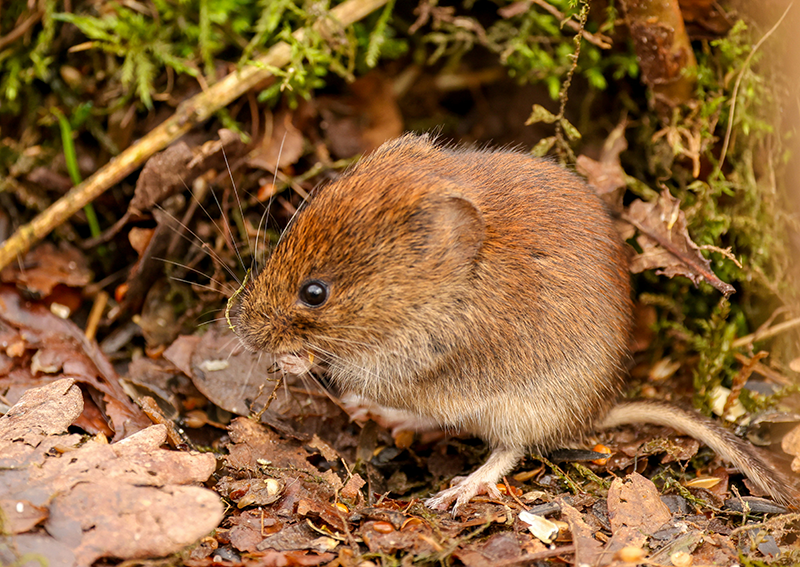Reliable Vole Control Solutions: Handling Vole Pest Issues
Reliable Vole Control Solutions: Handling Vole Pest Issues
Blog Article
Comprehensive Overview to Effective Vole Parasite Control: Invasion Recognition and Treatment Methods
In the realm of reliable bug control, vole problems pose a special difficulty that requires a strategic strategy. These small rodents, commonly mistaken for mice, can inflict havoc on yards, grass, and crops if left unchecked. Identifying the indicators of vole existence and executing targeted therapy techniques are necessary components of a successful parasite administration plan. By checking out the nuances of vole habits, understanding essential indicators of problem, and evaluating a series of control choices, one can develop a detailed method to battle these elusive insects.
Comprehending Vole Habits
Vole habits is characterized by their delving habits and quick recreation rates, making them a challenging insect to manage successfully. Their quick reproductive price additional makes complex control efforts, with women capable of creating several trashes in a single year, each consisting of a number of children.
Comprehending vole actions is critical for efficient insect control strategies. By determining their burrow locations, keeping track of feeding locations, and carrying out targeted control techniques, such as capturing or environment adjustment, vole problems can be taken care of successfully.
Indications of Vole Invasion

Prevention Techniques
Applying effective prevention approaches is vital in reducing vole problems and safeguarding plants from their damaging feeding routines. To prevent vole problems, it is important to start by removing possible food sources and shelter.
Regularly examining the home for indicators of vole task, such as runways and tunnel openings, is critical for early discovery and prompt activity. If vole activity is suspected, think about making use of traps or repellents purposefully positioned near their pathways. Employing all-natural predators like owls or snakes can also help keep vole populations in check. By applying a combination of these prevention gardeners, approaches and home owners can effectively protect their vegetation from vole damages.
Non-Lethal Control Techniques
To efficiently take care of vole populations while focusing on humane techniques, non-lethal control techniques supply sensible services for reducing vole damages in yards and landscapes. One efficient technique is making use of physical barriers such as hardware towel or wire mesh to shield susceptible plants. These obstacles can be buried at least 12 inches curved and deep at a 90-degree angle to avoid voles next from tunneling beneath. Furthermore, environment adjustment can deter voles by minimizing their favored food sources and hiding areas. Keeping a well-mowed yard, removing debris, and maintaining plant life cut can make the environment less attractive to voles.

Lethal Control Options
One reliable technique for dealing with vole infestations in landscapes and yards entails the tactical use of deadly control alternatives. When encountered with a serious vole problem that non-lethal methods have actually stopped working to include, implementing lethal control steps comes to be crucial. Generally, when using lethal control choices, it is vital to do so sensibly and in conformity with neighborhood policies to successfully take care of vole problems.
Final Thought
Finally, efficient vole insect control calls for an extensive understanding of vole actions, identification of indications of invasion, application of prevention approaches, and use of both non-lethal and deadly control methods. that site By combining these techniques, people can successfully manage vole populations and shield their residential property from damage. It is essential to attend to vole problems quickly to avoid further problems and lessen the influence on the surrounding environment.
Provided the elaborate passage systems and quick reproduction prices particular of voles, acknowledging the indicators of vole problem becomes necessary in efficient bug control. One of the main signs of vole existence is the visibility of surface area runways or tracks in turf or snow, normally concerning 1-2 inches large, created as voles take a trip in helpful resources between their burrows and food resources.To efficiently handle vole populations while focusing on humane approaches, non-lethal control strategies provide functional options for lowering vole damages in landscapes and yards.One efficient approach for resolving vole invasions in landscapes and yards involves the strategic usage of dangerous control alternatives. vole yard damage.In verdict, reliable vole bug control needs a thorough understanding of vole behavior, recognition of indications of infestation, implementation of prevention methods, and usage of both lethal and non-lethal control techniques
Report this page